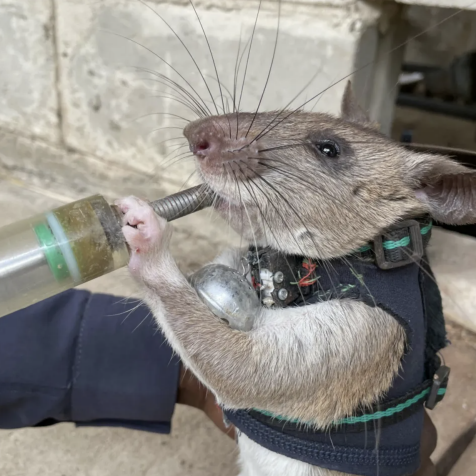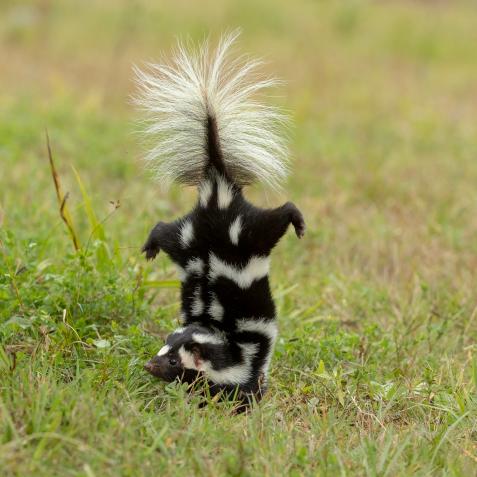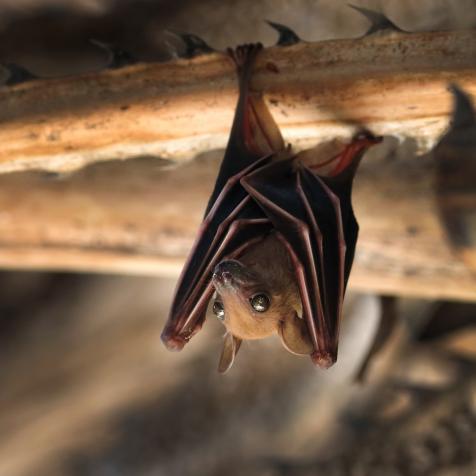
GettyImages/Philippe Desmazes
Taking a Cold Hard Look at Melting Glaciers
What is the Ice Memory Project and what will we learn about our past from this study of glaciers?
Dr. Francois Burgay remembers two things well from his time on Col du Dôme glacier in the Mont Blanc massif - the cold nights and the number of stars in the sky. “The first night I was there, I wore everything I had and was still freezing,” he says. “But when you look up at the stars, you feel feelings that you didn’t know existed. Without any light pollution, the sky is so beautiful.”
Dr. Burgay was studying glaciers in the Alps, as part of an international collaboration called the Ice Memory Project, which began in 2015. One of the founders was Carlo Barbante, a professor at the Ca' Foscari University of Venice, where Dr. Burgay was doing his Ph.D.
The Ice Memory Project works to drill deep into ice structures around the world, pulling out long cylindrical slices of ice cores, that contain information about the earth since the time they were formed. Dr. Burgay calls them “books in ice.” Layers at the bottom of some glaciers, like EPICA DOME C in Antarctica, could go back as far as 800,000 years and have witnessed the earth change through climates, revolutions, nuclear tests, dust, pollen, and pollutants. Studying cross sections of the ice back at the lab, Dr. Burgay and other scientists on the team look for isotopes of Oxygen and Hydrogen, including other elements, that reveal a world of cold but profound images of the past to them. The Ice Memory Project plans to collect information from ice around the world and create a first-of-its-kind library of ice in a cave in Antarctica's Concordia Research Station.

GettyImages/Philippe Desmazes
“Ice cores are a unique source of information, and their analysis is extremely important to better understand our past and predict models for the future of our planet,” says Dr. Burgay. Rocks, trees, and oceans all contain an abundance of information, but he argues that ice is unique. “We are part of a big mosaic but ice has the advantage to directly reconstruct past atmospheric conditions and preservation is rather simple.”
One of his big findings during his doctoral thesis was that iron content in ice cores corresponded with volcanic eruptions - and that this has implications in ocean fertility as well. “It is all connected,” he says, “and with this find, there is scope to understand how to improve marine productivity and that is perhaps one way to decrease the impacts climate change.”
But none of this work is straightforward, and the analysis in the lab might be the easiest part. The long treks and subzero nights are harsh and sometimes it can be very difficult to know how deep you can bore. But the biggest problem of all is likely the rate of glacier melt. Scientists now believe that the rate of melt could be even 100 times higher than previously believed. Those in Kilimanjaro have melted more than 80 percent since 1912. Some Himalayan glaciers, that support millions of people, could even be completely gone within two decades.
“The aim of the project is related to the creation of an archive of ice cores. Using the ice stored in this archive, future generation scientists, can make new discoveries,” says Dr. Burgay. “This is particularly important since in the future most of our glaciers will be gone and the information stored in them will be "unreadable" because of melting.” To him, the damage is more than losing access to water or the threat of landslides. “Damage to our scientific and cultural knowledge is being compromised as glaciers melt out of existence,” he says, likening it to the library of Alexandria in Egypt.
Current projections suggest that some glaciers will never recover, and with them, we will lose access to secrets of the history of the earth and clues about its future. Explorers like those in the Ice Memory Project are fighting hard to retain what they can, and best use their scientific, yet magical findings, to fight climate change, the biggest challenge of our times.


















